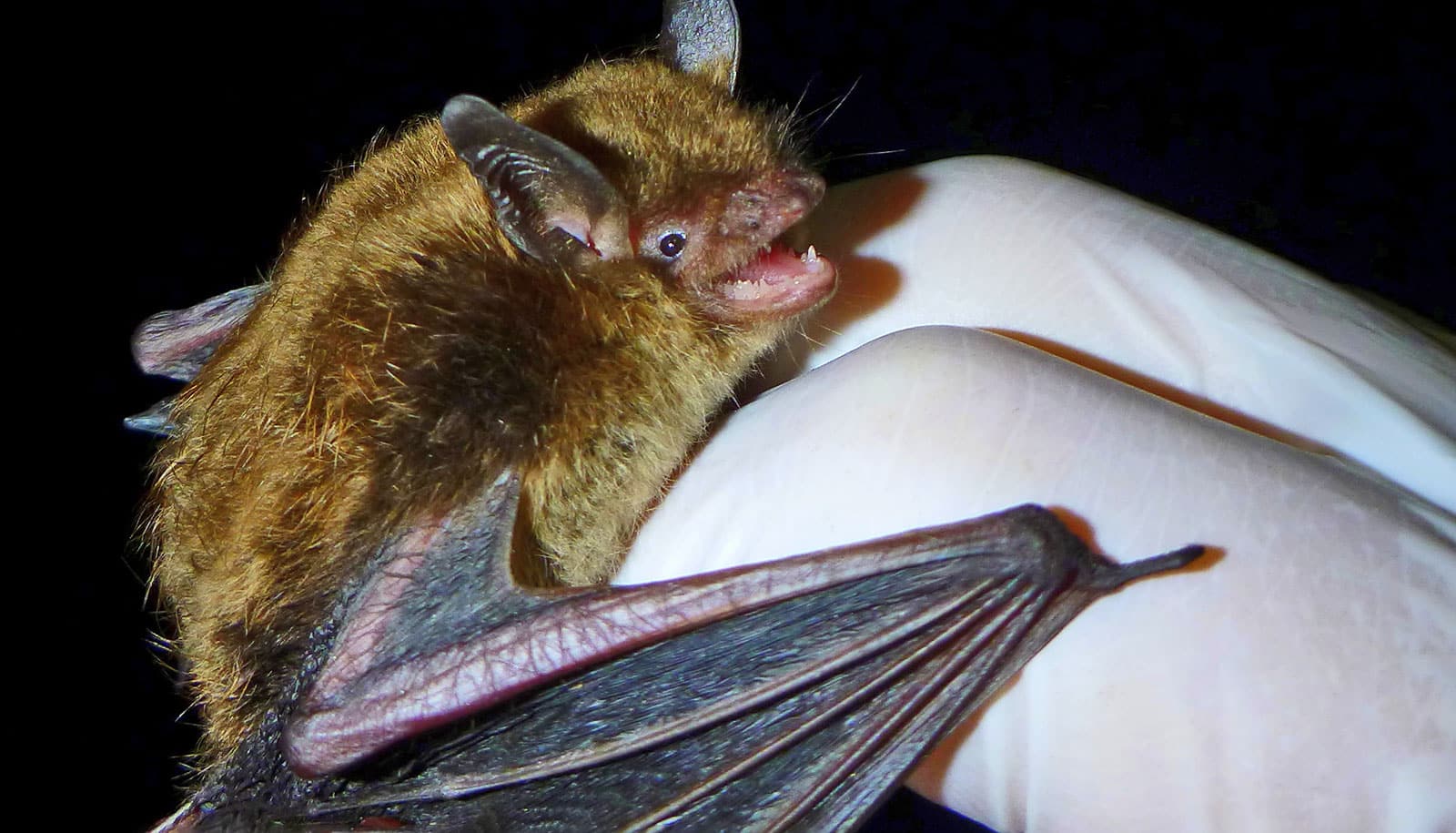In a new study, reducing or inhibiting a gene called NOVA1 in turn reduced or prevented human non-small lung cancer tumors from growing, researchers report.
When researchers injected mice with non-small cell lung cancer cells that contained the gene NOVA1, three of four mice formed tumors. When they injected the mice with cancer cells without NOVA1, three of four mice remained tumor-free.
“Non-small cell lung cancer is the most prevalent form of age-related cancer, and 80 to 85 percent of all lung cancers are non-small cell…”
The fourth developed a tumor, but it was very small compared to the mice with the NOVA1 tumor cells, says first author Andrew Ludlow, assistant professor at the School of Kinesiology at the University of Michigan.
The study found that in cancer cells, the NOVA1 gene is thought to activate telomerase, the enzyme that maintains telomeres––the protective caps on the ends of chromosomes that preserve genetic information during cell division (think of the plastic aglets that prevent shoelace ends from fraying).
Telomerase isn’t active in healthy adult tissues, so telomeres degrade and shorten as we age. When they get too short, the body knows to remove those damaged or dead cells.
In most cancers, telomerase is reactivated and telomeres are maintained, thus preserving the genetic material, and these are the cells that mutate and become immortal.
Telomerase is present in most cancer types, and it’s an attractive therapeutic target for cancer. However, scientists haven’t had much luck inhibiting telomerase activity in cancer, Ludlow says.
Ludlow’s group wanted to try a new approach, so they screened lung cancer cell lines for splicing genes (genes that modify RNA) that might regulate telomerase in cancer, and identified NOVA1.
They found that reducing the NOVA1 gene reduced telomerase activity, which led to shorter telomeres, and cancer cells couldn’t survive and divide.
Researchers only looked at non-small cell lung cancers, and NOVA1 was present in about 70 percent of them.
“Non-small cell lung cancer is the most prevalent form of age-related cancer, and 80 to 85 percent of all lung cancers are non-small cell,” Ludlow says. “But there really aren’t that many treatments for it.”
Weight-loss drug could fight resistant lung cancer
According to the American Cancer Society, lung cancer causes the most cancer deaths among men and women, and is the second most common cancer, aside from skin cancer.
Before researchers can target NOVA1 or telomerase splicing as a serious potential therapy for non-small cell lung cancer, they must gain a much better understanding of how telomerase is regulated. This research is a step in that direction.
Ludlow’s group is also looking at ways to directly impact telomerase splicing, in addition to reducing NOVA1.
A National Cancer Institute Pathway to Independence award funded the study.
The research appears in Nature Communications.
Researchers from the University of Texas Southwestern Medical Center contributed to the work.
Source: University of Michigan



